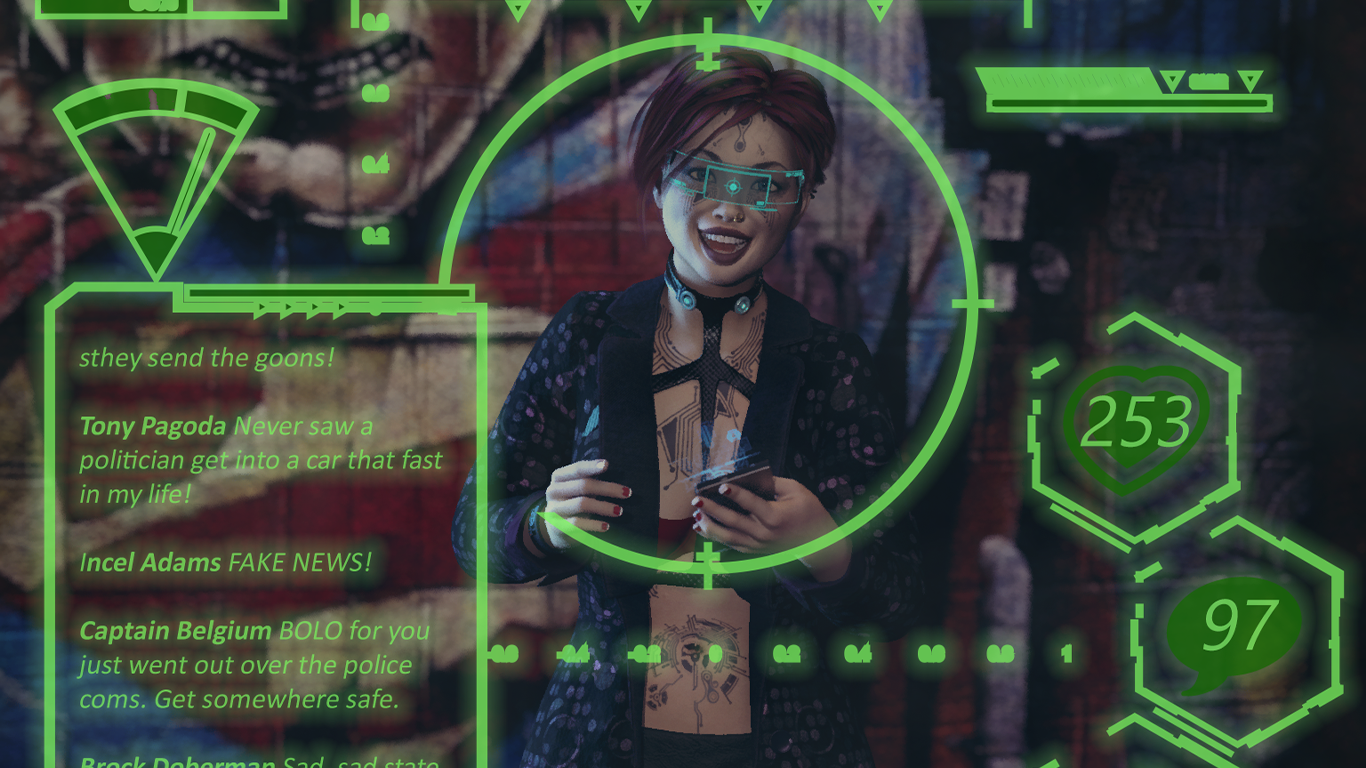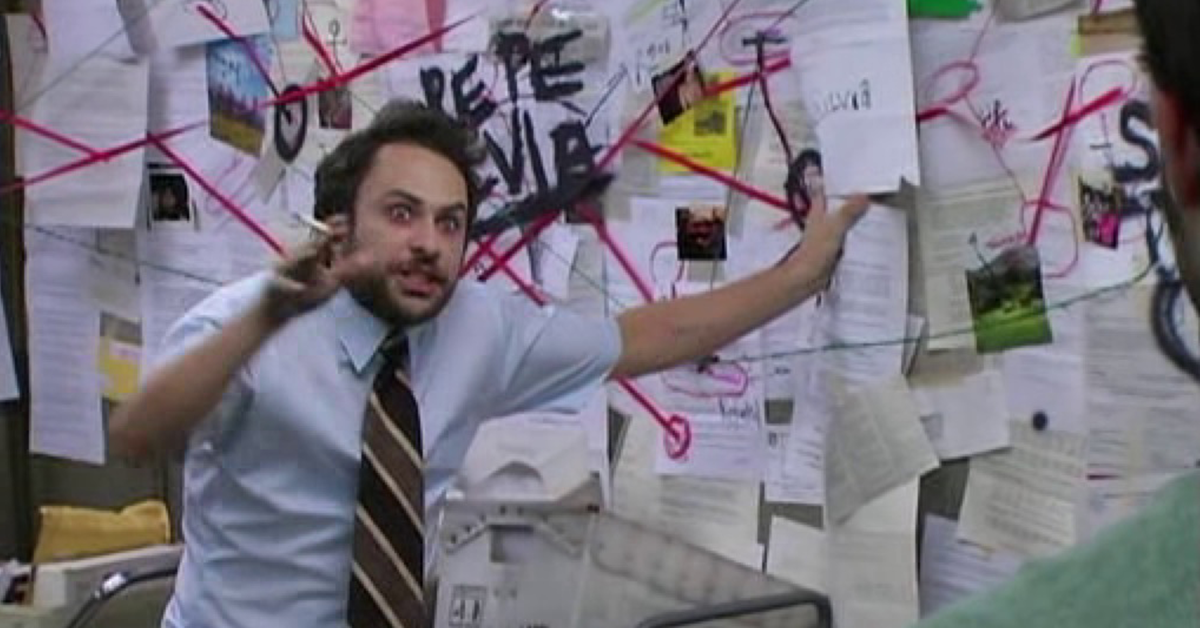We may earn money or products from the companies mentioned in this post.
I first read about the concept of “idea debt” in a blog post by Jessica Abel that Leighton sent me some indeterminate amount of time ago. Basically, an idea debt is that project you want to do but you’re not working on. Abel’s advice is to throw away that idea debt because all the time you spend thinking about it is robbing you of time that could be spent on the projects that will actually get done. I want to agree with the premise of the post, but there’s a lot of idea debt I can’t throw away.
Part of the problem is that I don’t see most of my idea debt as the kind of debt Jessica is talking about. She’s seems to be talking mostly about ideas that are never going to happen. I know a lot of people with that kind of idea debt, and Leighton and I have published something like 50 game books over the years while they’ve been making vague references to “working on my book/screenplay/Jello sculpture of Millard Fillmore.” Sure I’ve got some ideas for big projects that will never happen (Hobomancer HBO series), but I don’t spend much time thinking of them. The Hex crew and I may occasionally spend more time than is healthy discussing our impossible and completely theoretical ideas at a con or something, but it’s during the non-working or boring dealer’s room hours where if we weren’t trying to come up with a name for the W. Earl Brown stinkomancer character (because the W. Earl Brown was born to play a hobomancer), we’d be complaining about Zak Snyder movies or geeking out over movies that Zak Snyder didn’t make or talking about something equally non-productive. It’s more “idea fuck, marry, kill” than idea debt.
The things that are never going to happen don’t interfere with my actual projects, since I know they’re never going to happen so I don’t spend much time thinking about them except when me and Leighton and Carter and Josh and Ian and Jeff and whoever else happens to be there are shooting crazy ideas at one another in a con booth or hotel room because we don’t have anything better to do. Occasionally we stumble upon a viable idea; it’s how we came up with Hobomancer, Laser Ponies, and probably some other products I’m forgetting. We come up with a lot of dumb shit that’s never going to happen, but we also sometimes come up with some GREAT dumb shit that we actually publish.
My problem is distinguishing between idea debt and what might be called “idea inventory.” Once an idea still seems like a good one after a night’s sleep (the first viability test for any idea), I have a tendency to start what Jessica calls a “book of lore,” or in my case a Google doc of lore. Usually these start out as a bunch of brainstorming ideas and get added to for a few weeks while the idea is still fresh. After that, a few things can happen. Sometimes the idea hits critical mass and turns into a product. Sometimes it just sits there collecting dust once the initial magic is gone. A few inspire random, short spurts of creativity every now and then and then either turn into products or go back to collecting dust. While the last category seems like idea debt, I have a hard time thinking of it that way because it’s not like I’m obsessing over them when I should be working on something else. I occasionally have new ideas, add them to the “book of lore,” and go back to whatever I was doing. They’re not an excuse I use to pretend I’m working on something real when I’m really not. Also, for the most part the ones that I keep coming back to eventually turn into things that people can give me money for, which wouldn’t happen if I wrote them off just because I’m not ready to finish them as soon as I think of them. Qerth, Rasslin’, and several other things (including my current project, Cinemecanix, which started life as QAGS 3rd Edition idea debt) were idea debt for years before they became actual products. Maybe there’s good idea debt and bad idea debt, just like with financial debt. I don’t know, I’ve never formally studied idea economics.
You can invest in my idea debt at Patreon!




